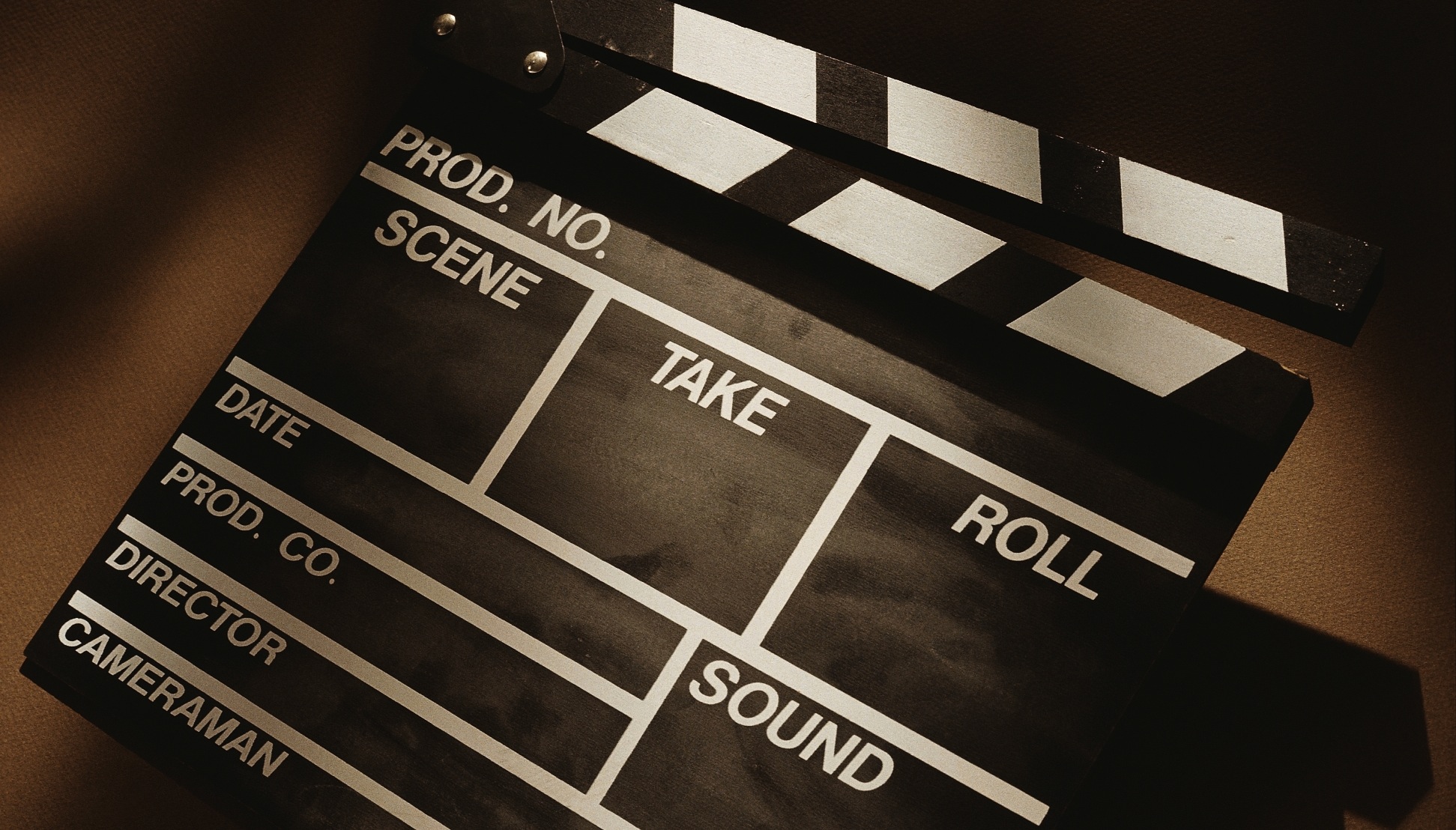“When I was a kid, there was no collaboration; it’s you with a camera bossing your friends around. But as an adult, filmmaking is all about appreciating the talents of the people you surround yourself with and knowing you could never have made any of these films by yourself.” Steven Spielberg
Have you ever thought about being the Steven Spielberg of your school, by making excellent films about various events? School plays, football matches, graduation events, prom nights, excursions, success stories, weekly news, interviews… We live in a visual age, where pretty much everything is defined by the Flicker frequency, and filmmaking has become a necessity when it comes to promoting digital literacy skills to young people. That is why our Digital Literacy for EFL Students course offers this filmmaking and video editing workshop to help students gain more knowledge and improve their skills in the visual arts.
You may think that filmmaking and video editing in a school setting would be a very complicated thing to do. Of course, it requires some experience in filmmaking to be able to run a workshop of this kind. However, you probably have enough basic gear in your school to get started. Please check the links (10.Filmmaking and 11.Filmmaking Guide) available on our Padlet – Digital Literacy for EFL Students for more information.
Here are some tips to make sure students get good results, and to make the process manageable and enjoyable:
- Keep it short – a number one rule for good filmmaking in school is to start with short and simple films before you try making longer films.
- Build skills – start with simple activities to demonstrate different shots, and how to use them, as well as how to work together in filmmaking teams.
- Be clear about the film – explain what kind of film you are going to make, define your target audience.
- Cut the choice – instead of going into complicated solutions and dealing with unnecessary details, set really tight limits, for instance: time limit, limited number of close-ups, long shots, mid shots, angles, music etc.
- Work with your gear – you should not get frustrated if your equipment is not up to the job, so if you do not have a microphone do not try and record live sound, make the soundtrack on your computer or tablet afterwards, or if you only have a basic camera, shoot outside or in rooms with plenty of light, and if you do not have a tripod, then zoom out and get in close.
For the purpose of the Digital Literacy for EFL Students course we decided to make a short film interviewing the students about their experiences with the training, and the lessons learned. What we needed to prepare beforehand was the script for the students’ interviews. We decided to focus on these questions: What do you think about digital literacy in the 21st century? What did you learn on the Digital Literacy for EFL Students course? Would you recommend it? Why?
We created a basic storyboard, and shooting schedule to list what was going to be filmed, where and when. We also discussed the various shot sizes such as: an extreme closeup (for important details), a closeup (showing parts of the subject), a mid shot (showing the top half of the body), a long shot (showing someone from head to foot), and extreme long shot (as a background video to show the setting).
Then we discussed camera angles such as: low angle, high angle, and birdseye angle; and we also explained what camera movements can be used to make the film more dynamic, such as: tracking shots (which can be done forward, backward or sideways), a tilt shot (it turns the camera upwards or downwards), with a pan (the camera turns left or right to scan a scene or follow a movement) etc.
The cameras we used during the recording stage were: Nikon D3100, GoPro Hero 3 (Silver Edition), and Phantom 2 Vision Plus Drone.
The next stage will be video editing on Final Cut. Check our next blog post for more details about the editing stage.
Have you ever recorded shots for a film? How easy/difficult was it? What cameras have you used? Have you ever created a storyboard?
Please share your answers in the comments section.




